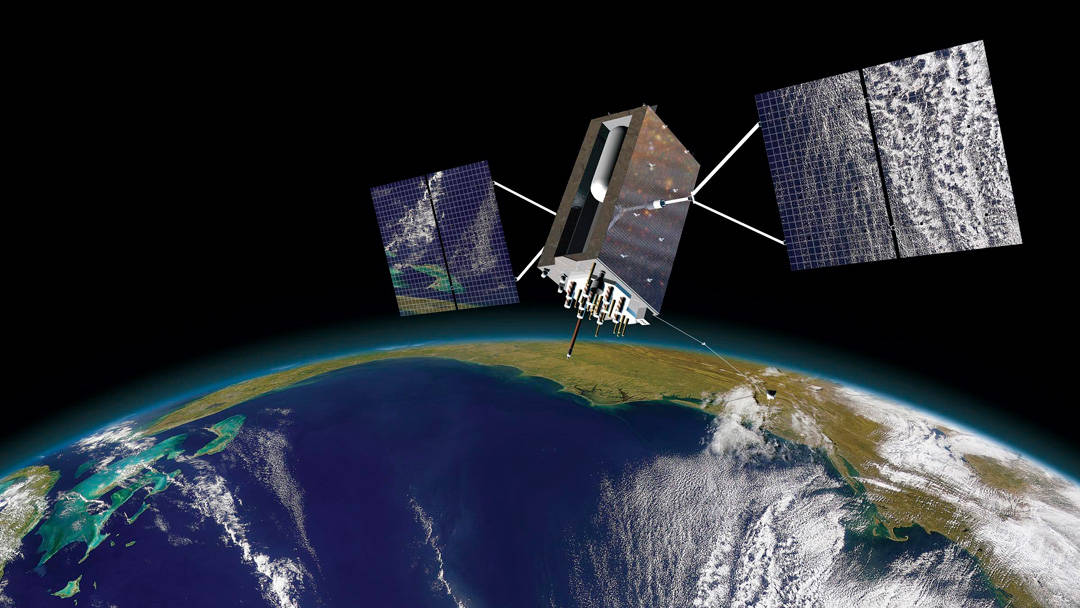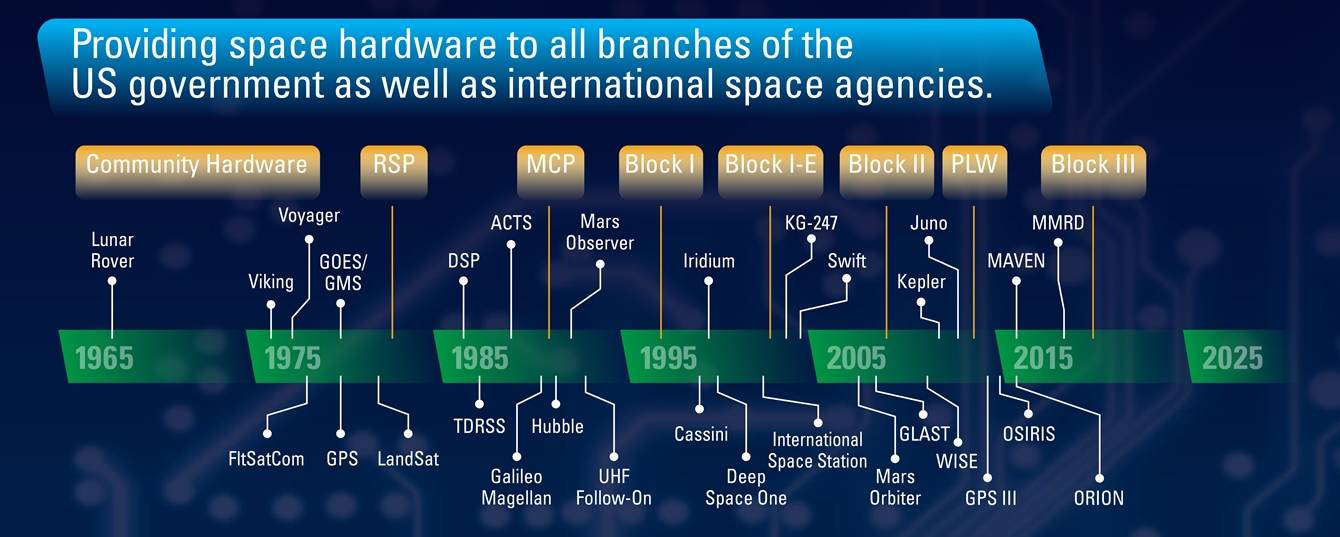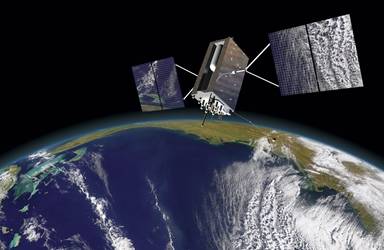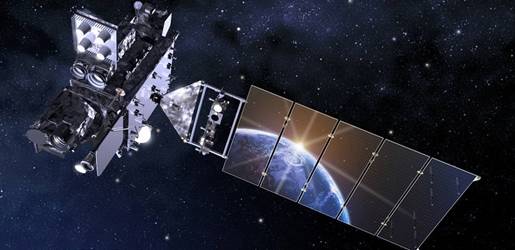Our relationship with space has changed dramatically since the first words were heard from the Moon in 1969. Space above Earth is now a complex array of more than 2,200 satellites, not including space debris made up of spent rocket boosters, dead satellites and a wrench or two from space walks and repairs. And, more satellites, large and small, are launching all the time.
The technology that rides on these crafts – the payload – is what delivers weather information to meteorologists, the latest movies into our living rooms and GPS routes into the palm of our hands. The kind of data and information that literally keeps our society moving forward.
So, while there’s no doubt that the crafts themselves are marvels of modern engineering, the payloads are really the heart of every mission launched. It’s these onboard electronics that enable the true purpose of the journey.
Vital Information for Those Who Need It Most
The importance of the payload is even more critical for the country’s national defense and government satellites. Instead of providing creature comfort information like their commercial counterparts, these payloads are designed to protect the men and women who are protecting us.
Warfighters in all branches of the military rely on real-time situational awareness delivered to them wherever they are. From command and control centers to the rugged terrains that lie at the tactical edge, accurate and timely information saves lives.
General Dynamics Mission Systems develops the payloads that provide the sensitive intelligence that our warfighters simply cannot get from any other source. The company does this by developing high-performance mission payloads that are far more complex than those you see on commercial communications satellites. Rather than simply relaying data to the earth, our technology performs data processing and other functions on the satellite. This is important because, in-theater, the military doesn’t need raw data. They need to know specific details about their particular situation.
Experience and the Evolution of Mission Payloads
“We’ve been in the space business since almost the beginning of space exploration,” says Manny Mora, vice president and general manager of the Space and Intelligence Systems line of business within General Dynamics Mission Systems. “It’s that breadth and depth of experience that has allowed us to continually improve our product to keep pace with our customer’s mission needs.”
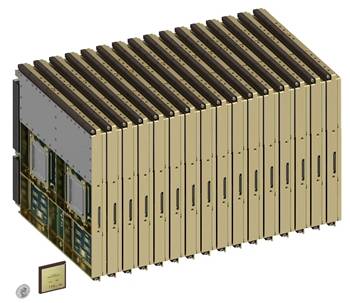
General Dynamics has reduced the functionality of 16 mission payload modules into a single ASIC that is just a few sizes larger than a quarter.
That evolution is evident in the change in size, weight and power (SWaP) of the electronics payloads. What decades ago began as heavy boxes of analog components, General Dynamics engineers have replaced with multi-functional computer chips. “Imagine multiple forty-pound boxes of electronics reduced to 16 semiconductors, each the size of a tablespoon, and you see what we are accomplishing,” says Ann Rusher, vice president of Mission Payloads for General Dynamics Mission Systems.
Beyond the benefits of reduced SWaP, the migration to digital components allows land based crew to reconfigure and reprogram the onboard software as the parameters of the mission change. As threats on the ground and geo-political events evolve, the ability to update and revise payload functionality post-launch is vital.
General Dynamics’ engineers understand that space is a challenging domain for both man and machine. Ordinary commercial components would soon be destroyed by pressure, temperature and radiation if sent into space,” Mora states. The General Dynamics-designed and built mission payloads are intended to endure multi-year missions in these extremely inhospitable conditions. “We have a special understanding of the challenges of space,” Mora says.
Customers Win with an Industry Leader
The company’s long legacy in space not only serves to deliver a consistently reliable product, it also saves time and money for the customer. Engineers build upon their already proven technology for new missions, reducing the overall cost and development time of the payload. “Large companies currently developing many of the government’s satellite systems come to General Dynamics for the mission payload -- we are a trusted partner with a proven track record of innovating new solutions and technologies, which improve mission capability and delight our customers,” says Rusher.
A Commitment to Ongoing Innovation
Mora stresses the Space and Intelligence Systems team is committed to continuing to invest and innovate in space for national defense, “We will continue to be a mission payload technology and systems leader and deliver the innovative electronics that will bring critical mission information from space directly to our military men and women.”

